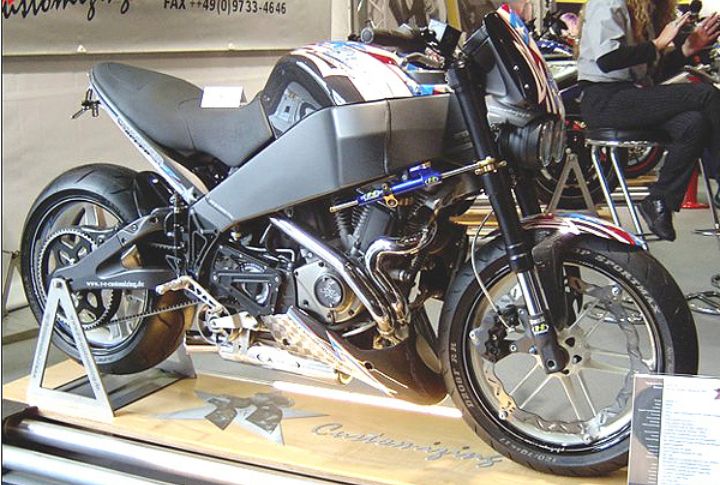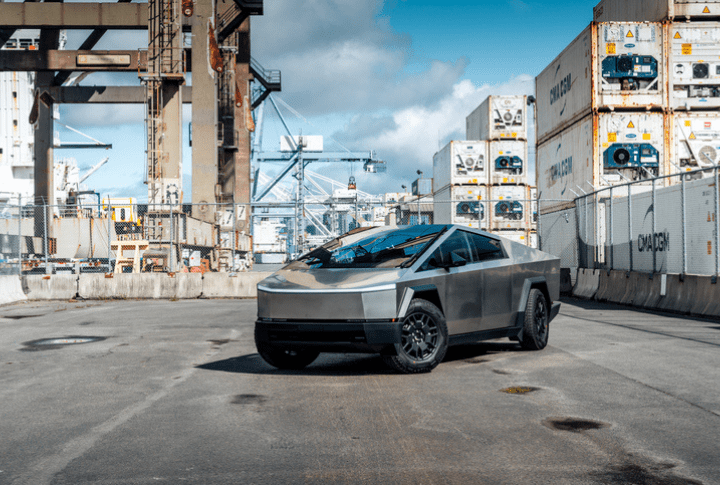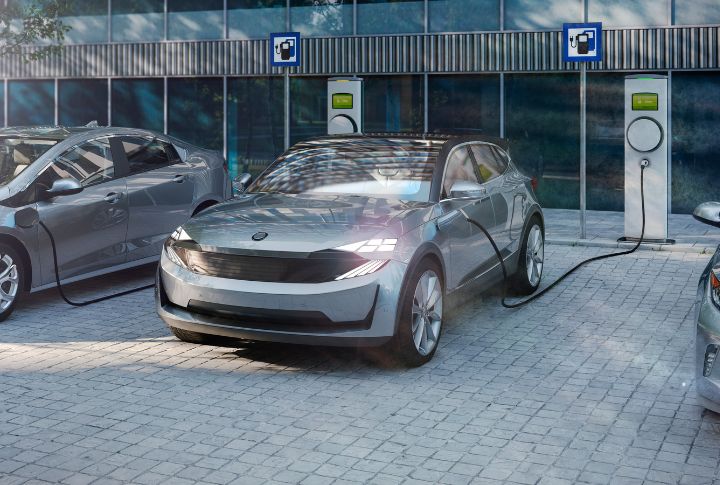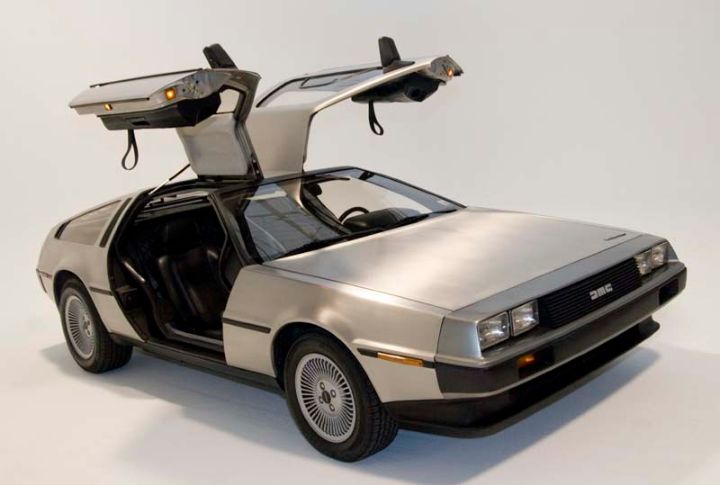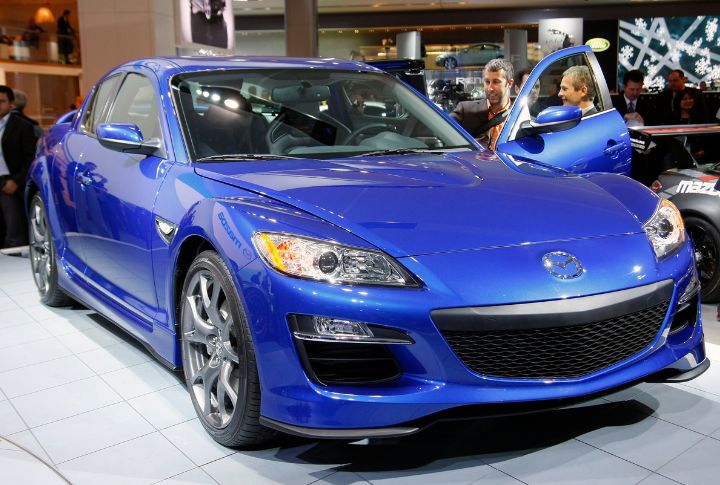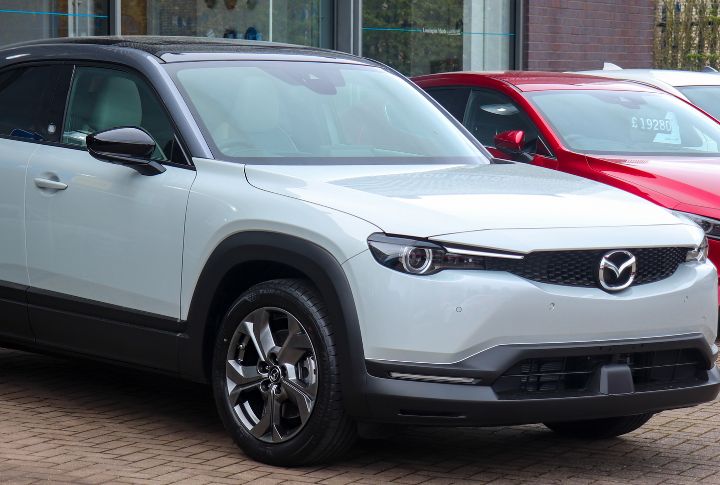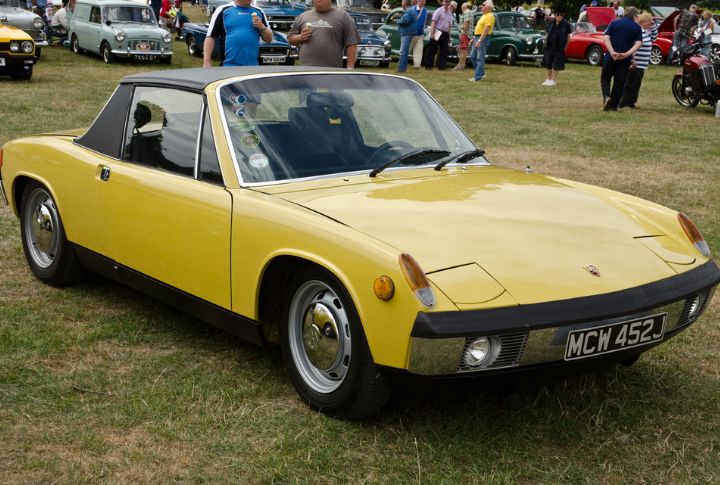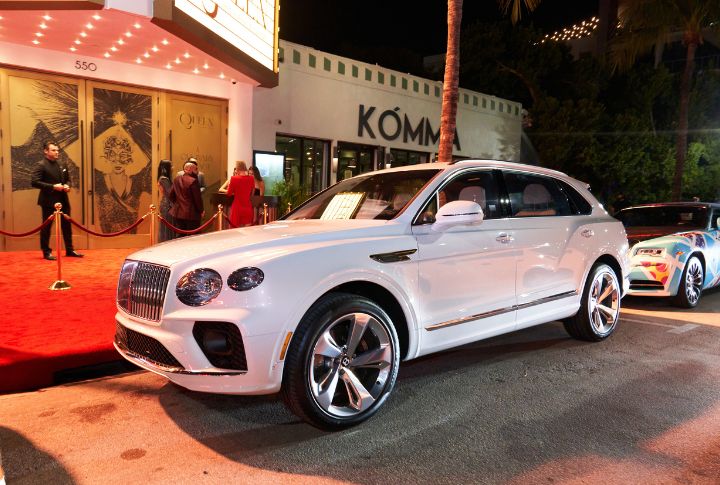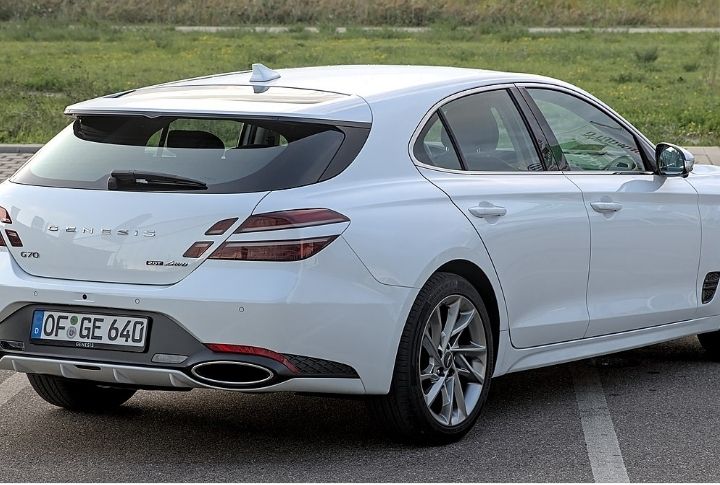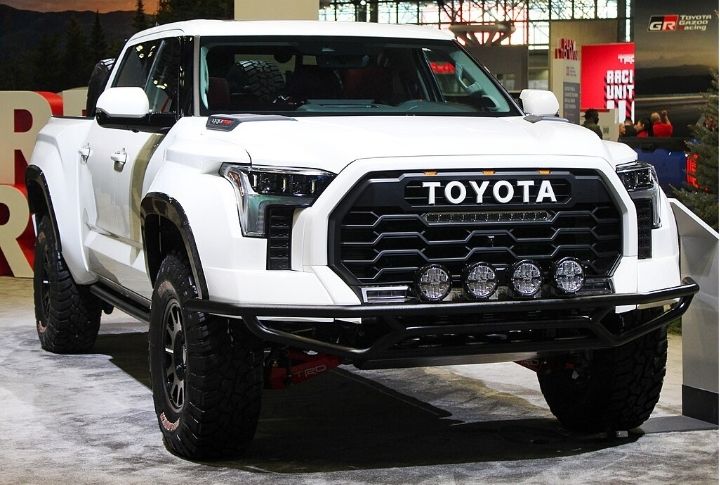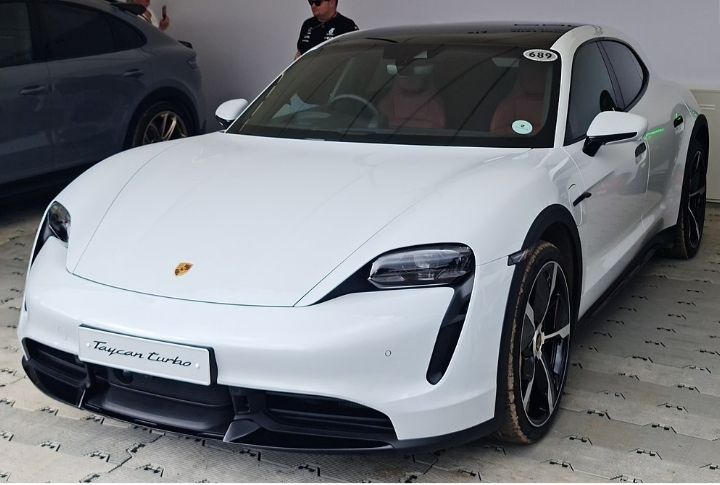Ferrari is an emblem of luxury, innovation, and speed in the automobile industry. Its heritage is founded on engineering excellence and racing success. This article examines the 15 rarest Ferraris ever made, each one a masterpiece of automotive artistry and exclusivity.
Ferrari 250 GTO

Widely regarded as the holy grail of Ferrari fanatics, the 250 GTO is unique and commands astronomical prices at auctions, often fetching tens of millions of dollars. Its iconic build and racing history solidifies its status as one of the most coveted automobiles in the world.
Ferrari 365 P Berlinetta Speciale

Only two units have ever been produced, making the 365 P Berlinetta Speciale a true gem in Ferrari’s crown. It sports a bespoke frame crafted for discerning connoisseurs. Its exclusivity extends beyond its scarcity, as each specimen represents a unique fusion of Italian craftsmanship and automotive ingenuity.
Ferrari 250 GT SWB California Spider

Synonymous with elegance and sophistication, the 250 GT SWB California Spider is a convertible masterpiece coveted by fans worldwide for its timeless beauty and scarcity. From its sleek lines to its spirited performance, every aspect of the California Spider percolates the essence of Ferrari’s unparalleled craftsmanship.
Ferrari 250 Testa Rossa

As one of the most iconic Ferraris of all time, the 250 Testa Rossa personifies the golden era of motorsport. Only a handful of meticulously preserved examples remain, making this a rare gem among diamonds.
Ferrari 330 P4
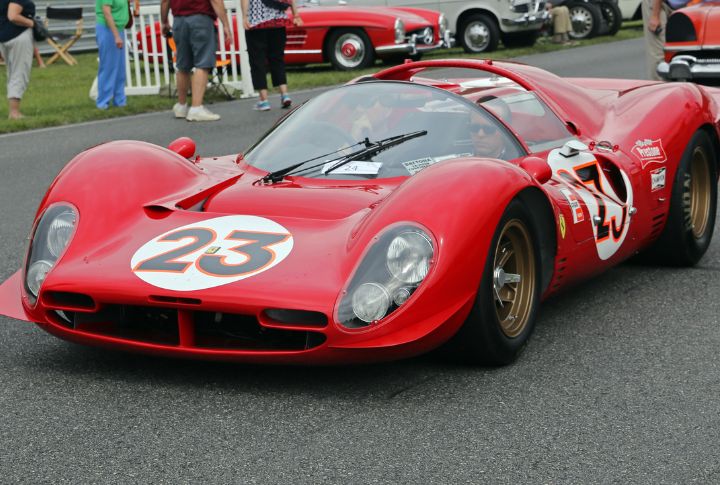
Revered for its dominance on the track and exquisite frame, the 330 P4 is a rare sight, with just a small number of these legendary prototypes ever produced. Its aerodynamic capabilities and technological innovations set new standards for endurance racing, cementing Ferrari’s reputation as one of the most successful automobiles in the world.
Ferrari F50 GT

Born from Ferrari’s pinnacle racing technology, the F50 GT is a marvel designed for the track. Only three units were built, making it a coveted treasure for collectors and aficionados.
Ferrari 250 GT LWB California Spider Competizione
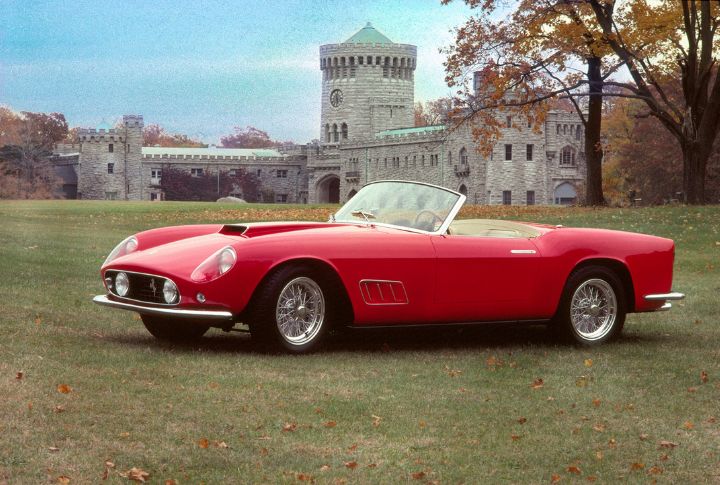
The 250 GT LWB California Spider Competizione is a unique and highly sought-after Ferrari model due to its racing pedigree and striking aesthetics. Each example represents the intention to conquer the track and the open road with equal aplomb.
Ferrari 365 GTB/4 Daytona Competizione

The Daytona Competizione is a rare breed among Ferraris. From its design to its impeccable performance and limited run, this car was built with collectors and fanboys in mind and will keep Ferrari fans intrigued for a while.
Ferrari 275 GTB/C Speciale

Crafted for discerning racing buffs, the 275 GTB/C Speciale is a unique iteration of an already exclusive model. The car has a striking design that’s sure to turn heads wherever it goes, but it’s not all show and no tell. The car’s powerhouse is a fierce monster capable of tickling the fancy of even the most low-key drivers.
Ferrari 250 LM

The 250 LM is a true gem among Ferrari’s racing legends, with its mid-engine layout and rich racing heritage. Only a few are fortunate enough to own one of these coveted machines. It is revered for its competent handling and V12 engine, which combines so smoothly that it is untouchable on the track. Thanks to this potent combination, the automobile was able to etch its name in the annals of motorsport history.
Ferrari Enzo FXX

As a limited-edition track monster derived from the legendary Enzo, the FXX represents the pinnacle of Ferrari’s technological prowess and exclusivity. Production is strictly limited to a handful of specially selected clients, which is unsurprising considering that every element of this vehicle is built to push the boundaries of automotive architecture, offering a glimpse into the future of high-performance driving.
Ferrari 288 GTO Evoluzione

Serving as a prototype for the iconic 288 GTO, the Evoluzione is an ultra-rare variant with merely five examples ever built, making it a prized possession for collectors and enthusiasts alike. This Ferrari model showcases the brand’s relentless pursuit of innovation and excellence, featuring aggressive styling and race-inspired performance.
Ferrari 365 P Tre Posti Speciale
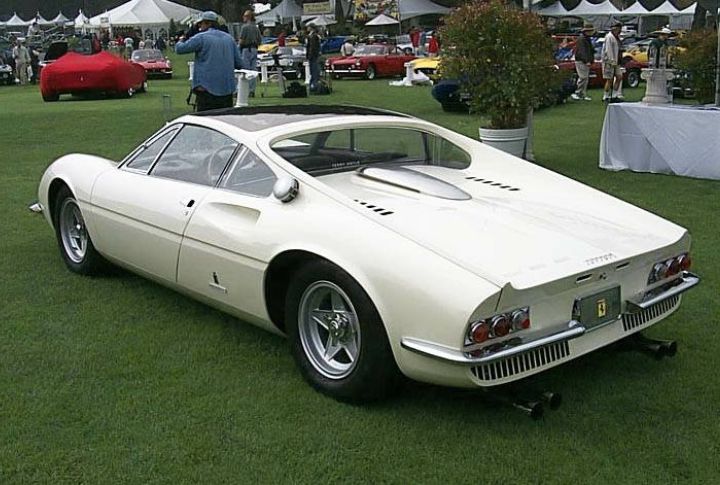
Unsurprisingly, the 365 P Tre Posti Speciale has garnered the “masterpiece” moniker from can enthusiasts globally. From the plush interior to the smooth driving experience, Ferrari’s engineers were meticulous with this one, sparing no expense to ensure the owners felt proper Italian hospitality.
Ferrari 250 GT Berlinetta SWB “SEFAC Hot Rod”

With its racing heritage and unique design, the 250 GT Berlinetta SWB “SEFAC Hot Rod” is an exclusive model. Only a few of these competition-spec vehicles were ever manufactured. The Berlinetta SWB was built with track dominance in mind, as the light chassis and smooth steering ensure your lap times are as competitive, if not more so, than the competition’s.
Ferrari LaFerrari Aperta

The LaFerrari Aperta is a breathtaking open-top version of Ferrari’s groundbreaking hybrid hypercar. Unfortunately, production numbers were as limited as a rare Pokemon card. Still, as a true marvel of automotive engineering, this vehicle embodies Ferrari’s commitment to pushing the boundaries of what’s possible.






















